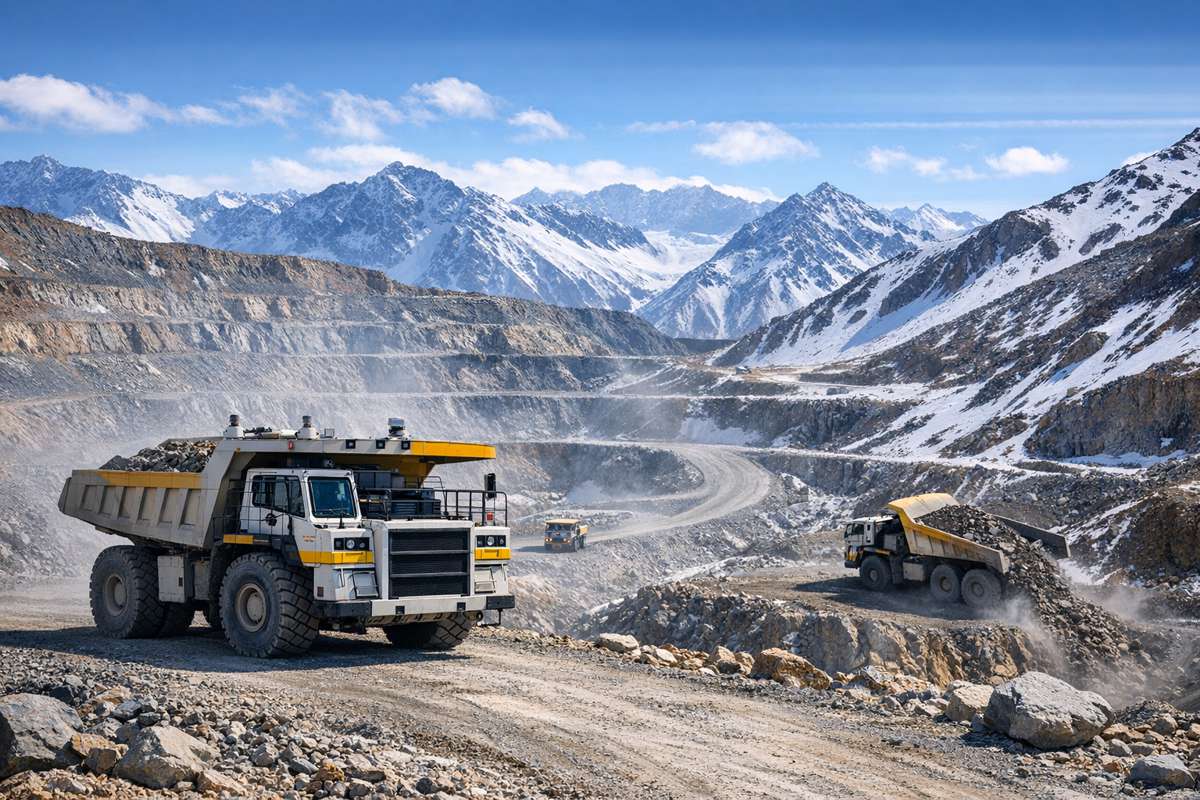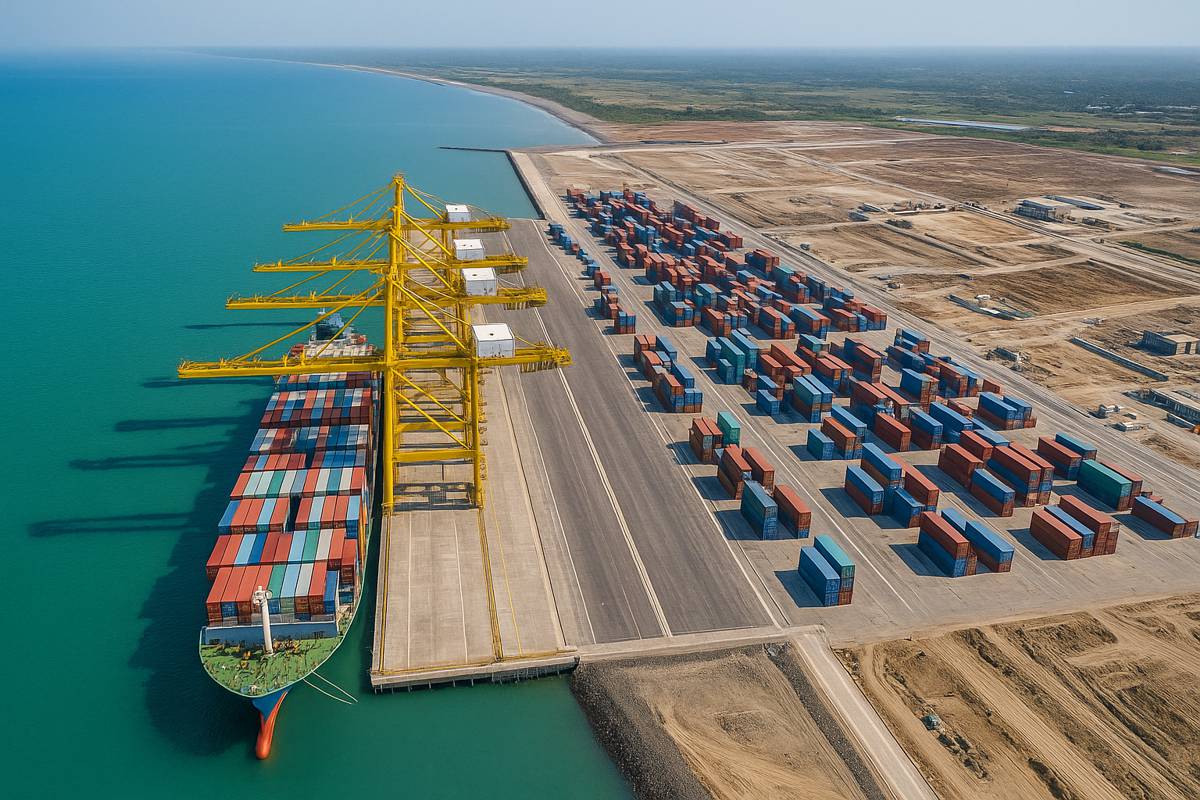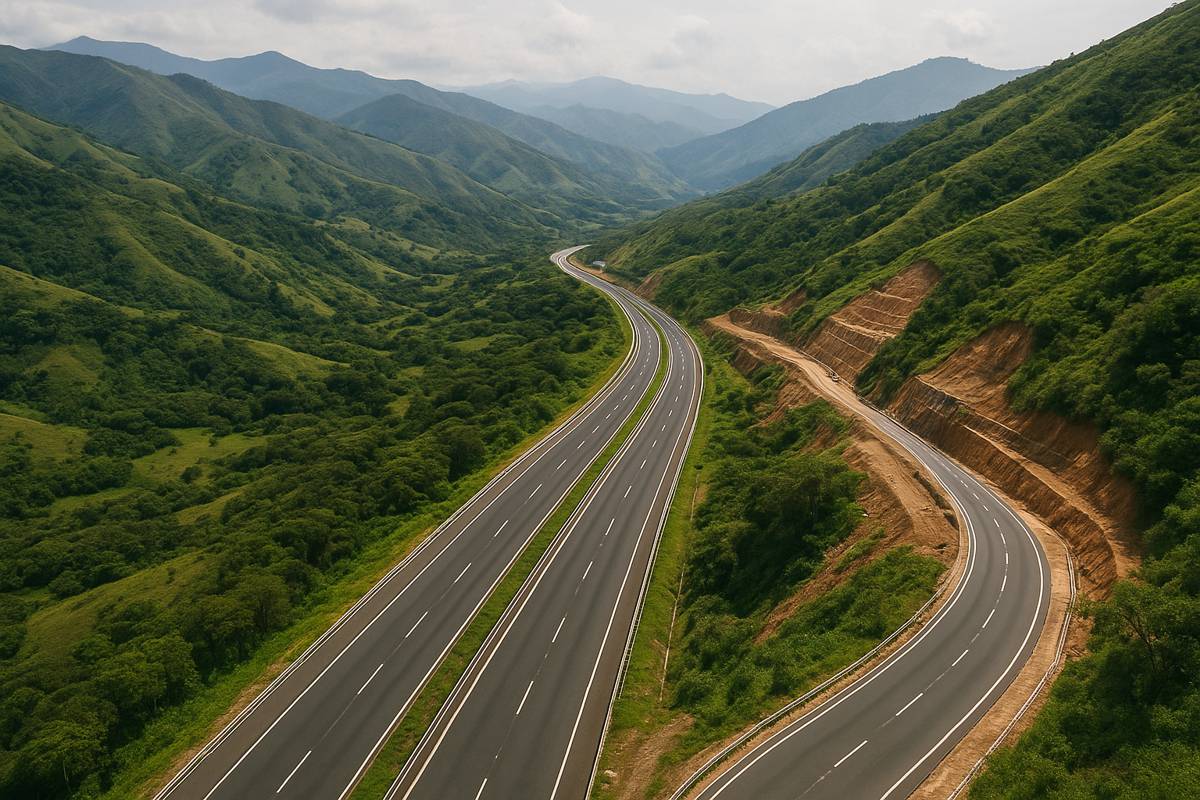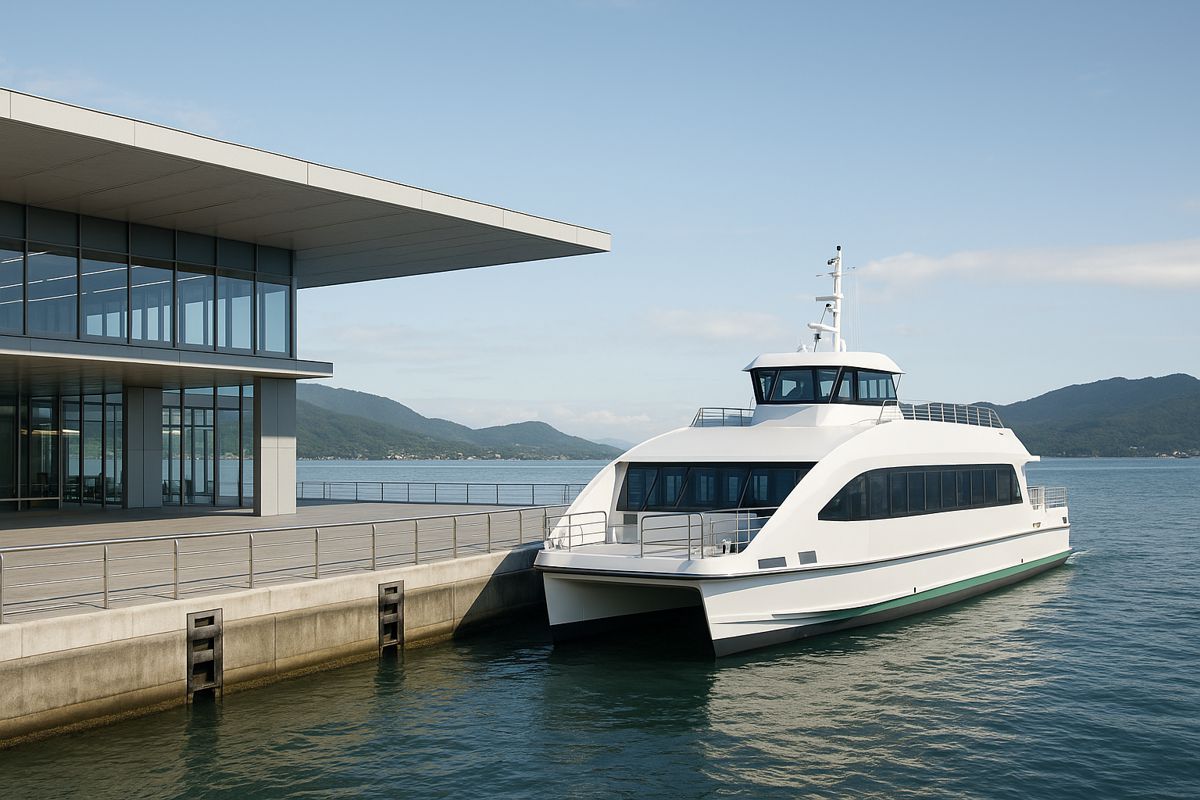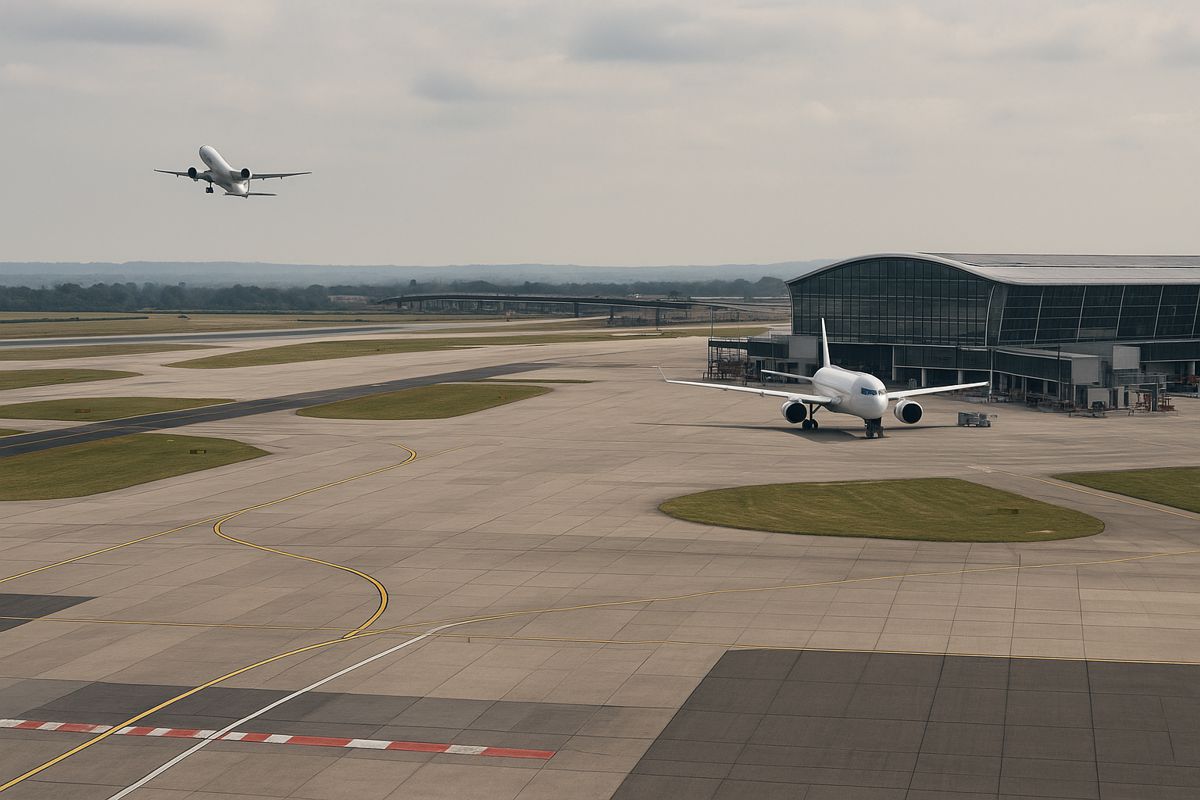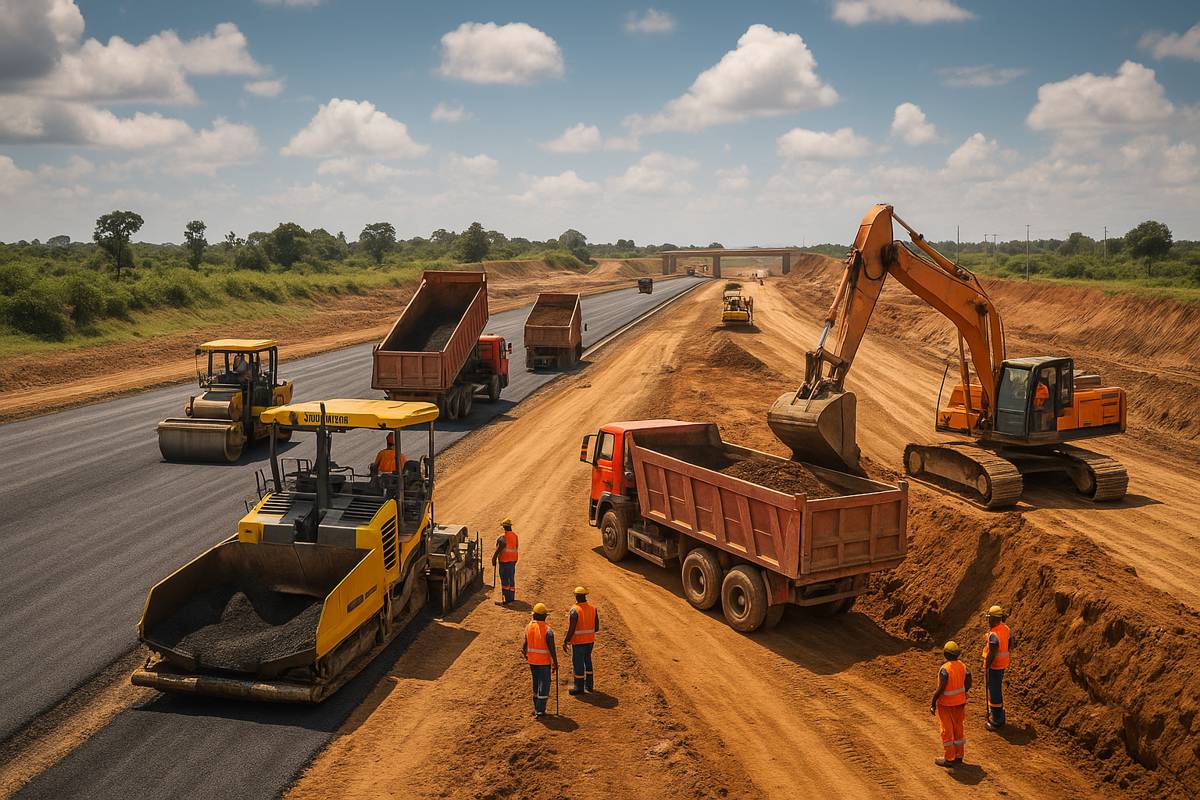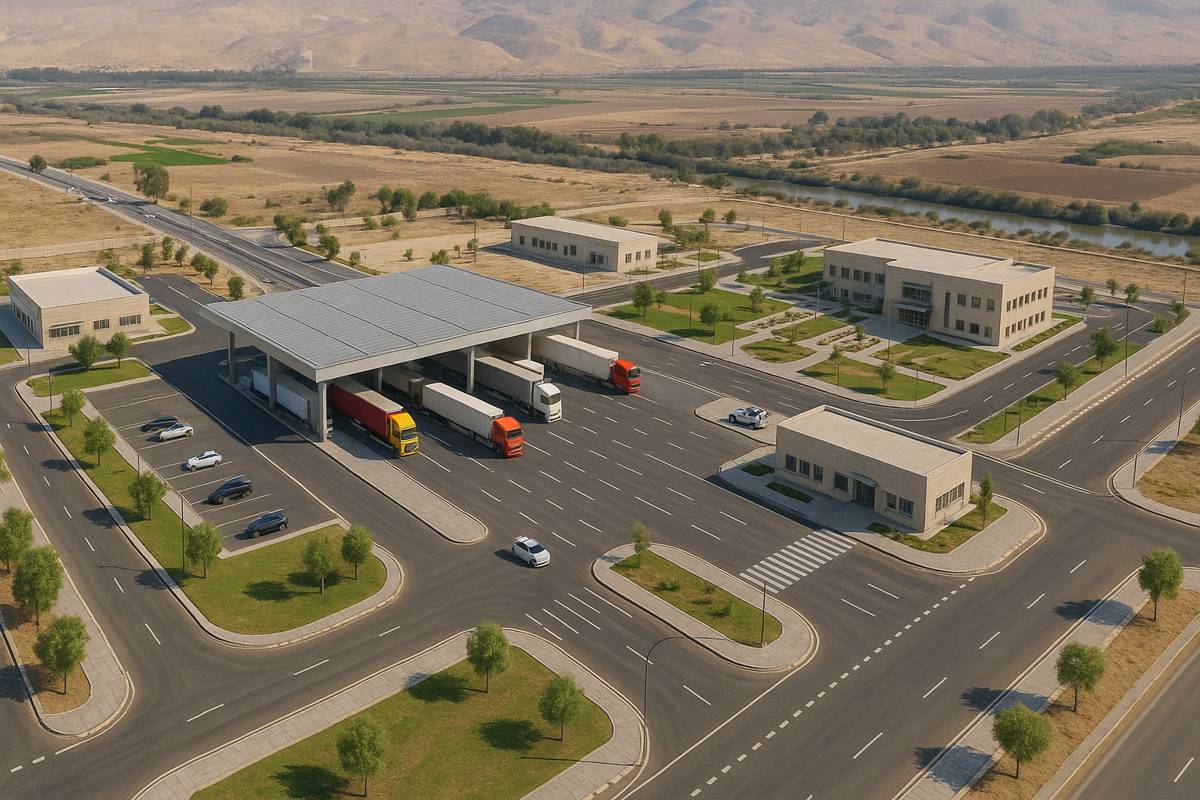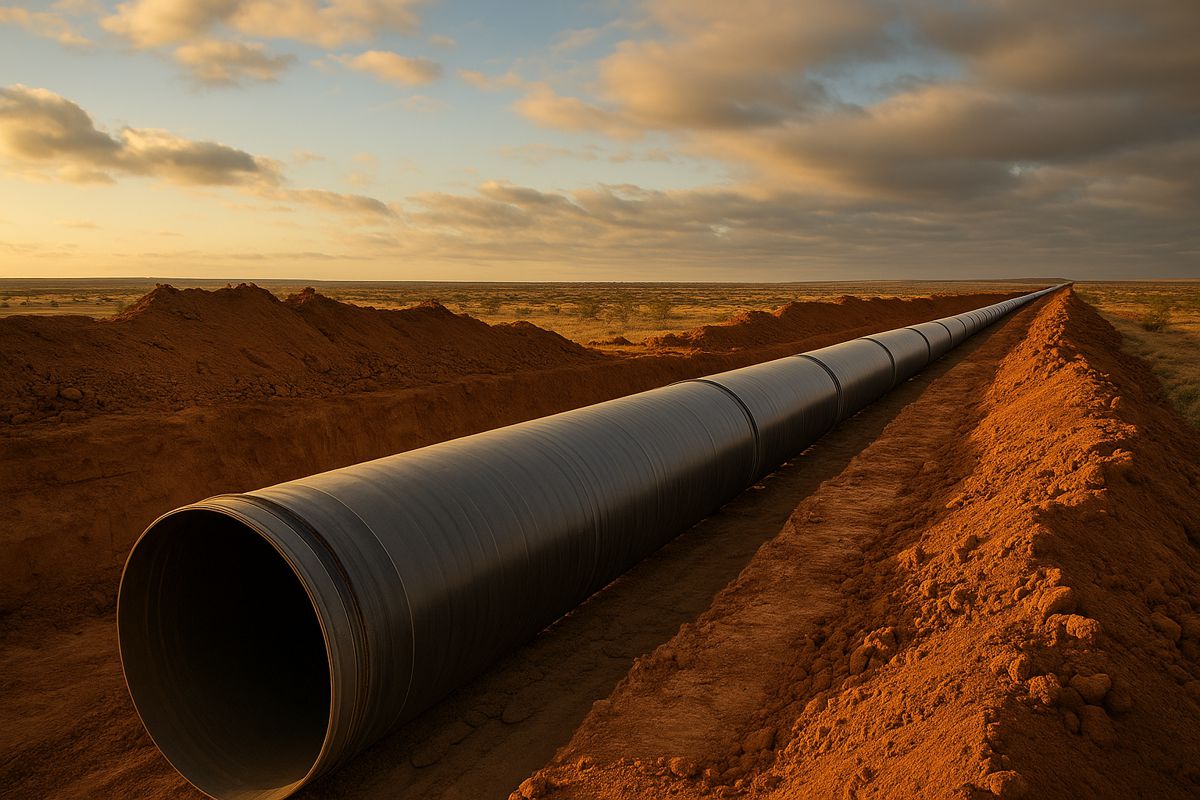Great Quest Unveils High-Grade Copper and Gold Discoveries in Namibia
Namibia, a nation renowned for its vast desert landscapes and untapped mineral resources, continues to attract the interest of global mining companies.
Rich in diamonds, uranium, and gold, the country is a significant player in the extractive industries, offering a stable political environment, well-established mining regulations, and geological formations teeming with potential.
Against this backdrop, Great Quest Gold Ltd. has announced a major discovery at its K17 Prospect, a finding that could bolster Namibia’s status as a mining powerhouse.
A Significant Discovery in the Kuiseb Formation
Great Quest’s K17 Prospect spans a 50 km² zone within the Kuiseb Formation, a geological unit known for hosting valuable mineral deposits. What sets K17 apart, however, is the remarkable concentration of copper, gold, silver, uranium, and molybdenum found at the site. The latest rock chip assay results have confirmed exceptional grades of these minerals, underscoring the potential for a substantial polymetallic deposit.
This prospect is located within the structurally complex Dagbreek and Klein Dagbreek synclines, areas where geological folding and hydrothermal activity have played a crucial role in mineral enrichment. Recent magnetotelluric surveys have identified a major conductive anomaly deep within the lower crust, reinforcing the hypothesis that K17 could be part of a larger Iron Oxide Copper-Gold (IOCG) system. The presence of magnetite alteration further supports this theory, pointing to hydrothermal processes that may have concentrated these valuable minerals over millions of years.
The Role of Namibia in the Global Gold Market
Namibia’s gold industry, though often overshadowed by its diamond and uranium sectors, has been growing steadily. With established gold mining operations such as B2Gold’s Otjikoto Mine contributing significantly to national output, the country has demonstrated its potential to compete with Africa’s leading gold producers. The discovery at K17 could mark another milestone in this progression, opening the door for increased investment and exploration in Namibia’s underexplored regions.
Gold’s importance extends beyond its financial value. It plays a crucial role in global economies, acting as a hedge against inflation and economic instability. For Namibia, strengthening its gold production could mean increased revenue, job creation, and economic diversification—key factors in the country’s long-term development goals. The presence of additional high-value metals such as copper and uranium at K17 further enhances the site’s significance, positioning it as a potential game-changer for Namibia’s mining sector.
A Deeper Look at the Exploration Process
To better understand the geological characteristics of K17, Great Quest recently completed an 869 line-kilometre drone magnetic survey. This advanced technology allows geologists to map subsurface structures with remarkable precision, identifying variations in magnetic properties that may indicate mineralized zones. The survey has revealed a major magnetic unit folding around the Klein Dagbreek syncline, a crucial finding that aligns with previous fieldwork observations.
Geologists have confirmed that this magnetic unit consists of chlorite schists with intense magnetite alteration, a rock type frequently associated with IOCG systems. Further mapping has indicated that the highest concentrations of mineralization occur directly below the magnetic alteration zone, particularly along second- and third-order fold closures. These structural features are believed to have acted as traps for hydrothermal fluids, allowing valuable metals to accumulate over time.
Rock Chip Sampling: Unearthing Exceptional Grades
Field teams have been systematically sampling the K17 Central area, targeting zones where visible mineralization suggests significant metal content. The results have been striking. Samples have returned copper grades as high as 4.47%, while gold assays have exceeded 10 grams per tonne. These numbers are particularly encouraging given the relatively early stage of exploration, suggesting the presence of a high-grade deposit that warrants further investigation.
The mineralization is primarily hosted in silicified and bleached chlorite schists, rocks that exhibit clear signs of intense hydrothermal alteration. The copper occurs in various forms, including malachite, azurite, and chalcocite, with minor amounts of chalcopyrite. This diverse mineral assemblage supports the IOCG model, further strengthening the case for continued exploration.
The Structural Complexity of K17
One of the most intriguing aspects of K17 is the interplay between geological folding and mineralization. Analysis of the site suggests that mineral deposits are concentrated along the southern fold closures of the Dagbreek and Klein Dagbreek synclines. These structures appear to have served as conduits for mineralizing hydrothermal fluids, which were channeled through fault systems before being deposited in structural traps.
At the prospect scale, mineralization appears closely associated with shearing and thrusting, processes that have created additional zones of permeability. Tight fold hinges within these shear zones may have acted as ideal deposition sites, forming saddle-reef-like deposits that could extend beyond the currently sampled area. Additionally, mineralogical zonation within the Klein Dagbreek syncline hints at an underlying intrusion, suggesting that deeper drilling may reveal even richer ore bodies.
Advancing Exploration at K17
Armed with these promising results, Great Quest is preparing to escalate its exploration activities at K17. The next phase will include a 20-line-kilometer ground Induced Polarization (IP) survey, designed to detect subsurface conductors that could indicate hidden mineralized zones. By combining this data with existing geophysical models, geologists will be able to refine drill targets with greater precision, reducing exploration risk and maximizing the chances of success.
The company is also planning an inaugural reverse circulation (RC) drilling campaign, which will focus on the most promising structural targets. By drilling through key fold hinges and fault zones, geologists hope to confirm the extent and continuity of mineralization, providing a clearer picture of the deposit’s economic potential. Further geochemical sampling and mapping will complement these efforts, ensuring that no promising targets are overlooked.
Dr. Andreas Rompel, Great Quest’s President and Chief Exploration Officer, has expressed enthusiasm for the project’s progress: “We are highly excited about these fantastic results with high-grade copper and gold, plus uranium and molybdenum, also confirming our mineralization model of an IOCG. An average grade of 2.41 g/t gold equivalent in 38 samples collected through grab sampling over an area 3 km in diameter is a notable result.”
Dr. Rompel’s confidence reflects the growing optimism surrounding K17, as each phase of exploration continues to validate the IOCG hypothesis. If further drilling confirms economic grades, K17 could become a major new resource in Namibia’s growing mineral portfolio.
A Land of Opportunity
With its rich geological potential, stable mining regulations, and growing interest from international investors, Namibia is well on its way to cementing its place as a top-tier mining destination. The country’s ability to attract companies like Great Quest speaks to its favourable business environment and untapped mineral wealth.
As Great Quest pushes forward with its exploration efforts, the discovery at K17 has the potential to reshape the region’s economic landscape. A successful project would not only contribute to Namibia’s GDP but also create employment opportunities, stimulate local economies, and encourage further investment in exploration.
For the global mining community, Namibia is proving to be a land of opportunity—one where innovation, persistence, and geological insight can lead to remarkable discoveries. As the K17 story unfolds, the industry will be watching closely, eager to see if this promising prospect becomes the next major success in African mining.










